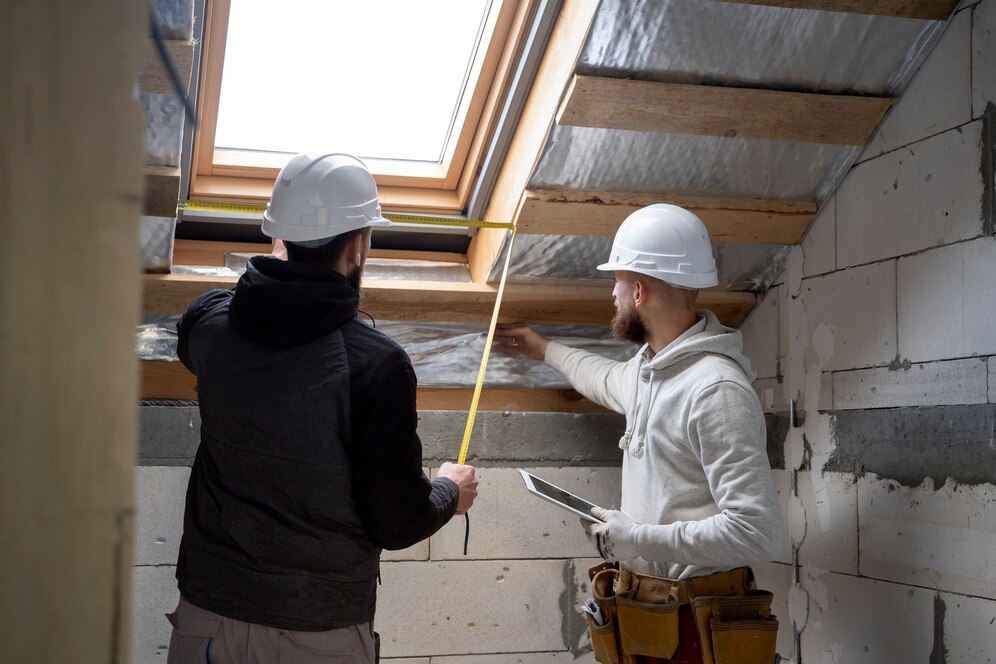In the modern age, where energy efficiency is paramount, wall insulation emerges as a pivotal factor in achieving sustainable living. Homeowners and builders alike are becoming increasingly aware of the benefits that come with properly insulated walls.
This comprehensive guide delves into the various aspects of wall insulation, from understanding its importance to exploring the different types available in the market.
Understanding the Importance of Wall Insulation
Wall insulation is not merely an aesthetic choice but a crucial component of energy efficiency in buildings. Insulating walls significantly reduces heat loss during the winter and keeps homes cooler in the summer. This leads to a decrease in energy consumption, resulting in lower utility bills. Moreover, effective wall insulation contributes to a more comfortable living environment by maintaining consistent indoor temperatures.
Consider the implications of inadequate insulation. Homes without proper wall insulation can experience drafts, temperature fluctuations, and increased humidity levels, which can lead to mold growth. The financial impact of these issues is not negligible; homeowners may find themselves spending more on heating and cooling costs than necessary. By investing in wall insulation, one can avoid these pitfalls while enhancing overall property value.
Types of Wall Insulation
When it comes to wall insulation, there are several types to choose from, each with its unique advantages. The most commonly used insulation materials include fiberglass, foam boards, and cellulose.
Fiberglass insulation is widely recognized for its effectiveness and affordability. It consists of tiny glass fibers, which trap air and create a barrier against heat transfer. This type is often available in batts or rolls, making it suitable for various wall configurations. However, proper installation is crucial; any gaps can compromise its performance.
On the other hand, foam board insulation offers higher R-values per inch than fiberglass, making it a great option for those seeking maximum efficiency. It comes in rigid panels that can be cut to fit wall cavities easily. The drawback, however, is that it requires additional finishing to protect it from moisture and pest damage.
Cellulose insulation is another noteworthy option, made from recycled paper products. It is treated for fire resistance and is an eco-friendly choice. Cellulose is particularly effective for retrofitting older homes, as it can be blown into existing walls through small holes, providing thorough coverage.
Insulation Installation Process
The installation process of wall insulation requires careful planning and execution to ensure optimal performance. Whether tackling a new build or retrofitting an existing structure, the project generally involves several key steps.
First, it’s essential to assess the current state of the walls. Homeowners should check for any existing damage or moisture issues before proceeding with insulation. Addressing these problems beforehand prevents further complications down the line.
Next, selecting the right insulation material is crucial. Homeowners should consider factors such as R-value, moisture resistance, and installation ease. Once the material is chosen, preparing the walls is the next step. This may involve removing drywall or other wall coverings to access cavities.
After preparation, the insulation can be installed. If using batts or rolls, they should fit snugly within the wall cavity without compressing, as compression can reduce effectiveness. For blown-in insulation, specialized equipment will be necessary to ensure even distribution. Following installation, it’s important to seal any gaps or cracks to prevent air leaks, which can hinder the insulation's performance.
Finally, once the insulation is in place, homeowners can proceed to replace any wall coverings removed during the process. Properly installed wall insulation not only improves energy efficiency but also enhances soundproofing and contributes to overall building comfort.
Maintenance and Long-Term Benefits
Maintaining wall insulation is relatively straightforward. Homeowners should periodically check for signs of moisture or pests, as these can compromise insulation effectiveness. Moreover, regular inspections can help detect any signs of wear and tear that may require repairs or replacements.
The long-term benefits of wall insulation extend beyond mere energy savings. Improved insulation can also enhance indoor air quality by reducing the likelihood of mold growth and minimizing drafts. Furthermore, insulated homes often enjoy a higher resale value, as potential buyers increasingly prioritize energy-efficient features.
With the rising awareness of climate change and the importance of sustainable living, the demand for energy-efficient homes is on the rise. Wall insulation is a key player in this movement, contributing not only to individual comfort but also to broader environmental goals.
Conclusion
In conclusion, wall insulation plays a crucial role in enhancing energy efficiency in homes and buildings. By understanding the different types of insulation available, the installation process, and the long-term benefits, homeowners can make informed decisions that lead to a more comfortable and cost-effective living environment. Insulation King offers a wide range of insulation products and expert guidance, making it the ideal partner for any insulation project.
For those looking to improve their home's energy efficiency, consider reaching out to Insulation King for comprehensive solutions tailored to your needs.





Comments